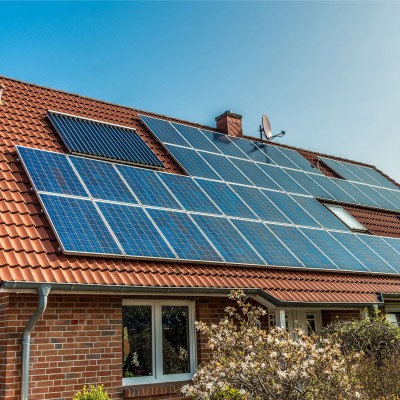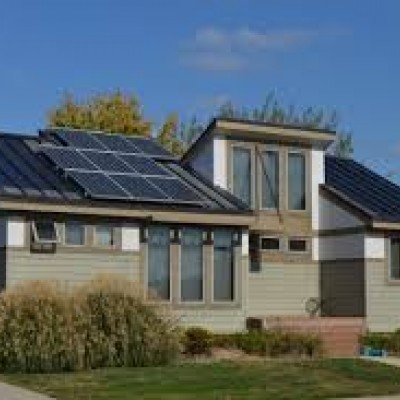New solar legislation means utilities get something for nothing
New solar legislation means utilities get something for nothing
The solar legislation (H4173) passed April 11th established a new net metering regime for solar PV projects, which significantly disadvantages new community shared solar projects and many new low income solar projects.* Instead of receiving full retail net metering credits, low income and community shared solar projects will receive 40% less for the solar electricity they provide to the grid. That's 40% less than new residential customers who happen to own sunny south facing solar rooftops will be paid.
One of the reasons this change is really harmful to community shared and low income solar projects is because these types of solar installations are often located in fields separate from the households and individuals they benefit. That means they send all of the solar electricity they generate to the grid and then share the net metering credits they earn with their members and subscribers. This is different than a rooftop solar installation, where much of the electricity produced is consumed on-site.
The legislature’s decision to lower net metering credit rates for community shared and low income solar projects means 40% of the electricity these projects generate is given to the utility for free. For a 1 MW solar system, 40% of that system, or 400 kW, is essentially built for the utility’s benefit. At the same time, the utility will be able to sell that electricity to another electricity user at the full retail rate.
Sounds like a pretty good deal for the utility, doesn’t it?
*Note: Low income solar projects owned by or directly benefitting municipalities will continue to receive full retail net metering under the new law. But low income solar projects in the private affordable housing sector, that are over 25 kW, will receive the lower net metering credit rate.


